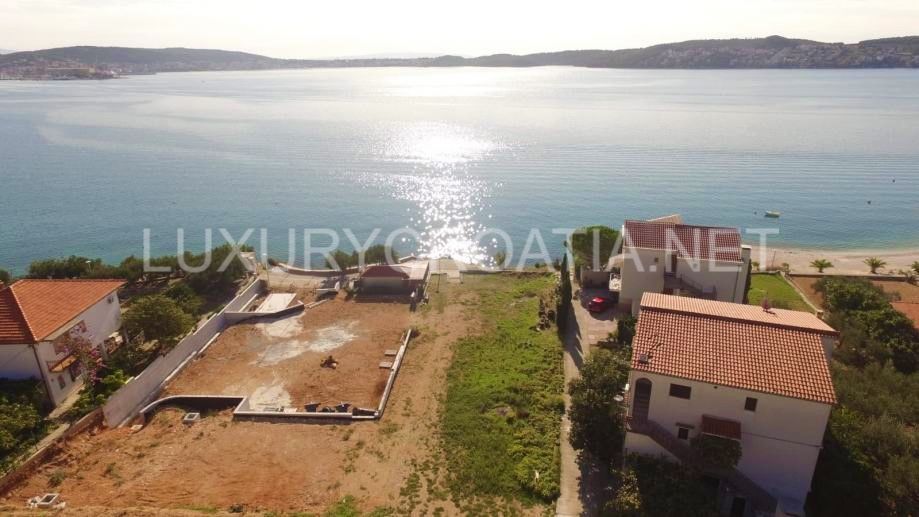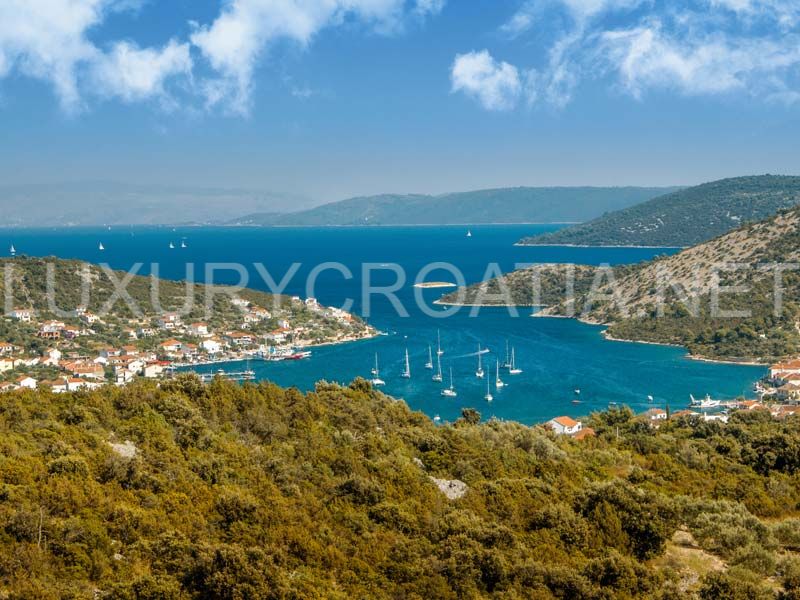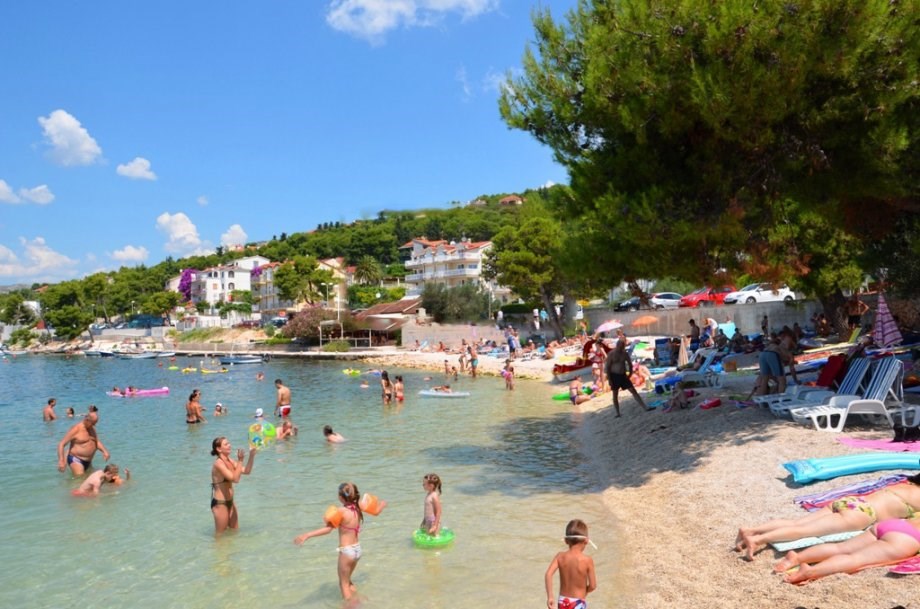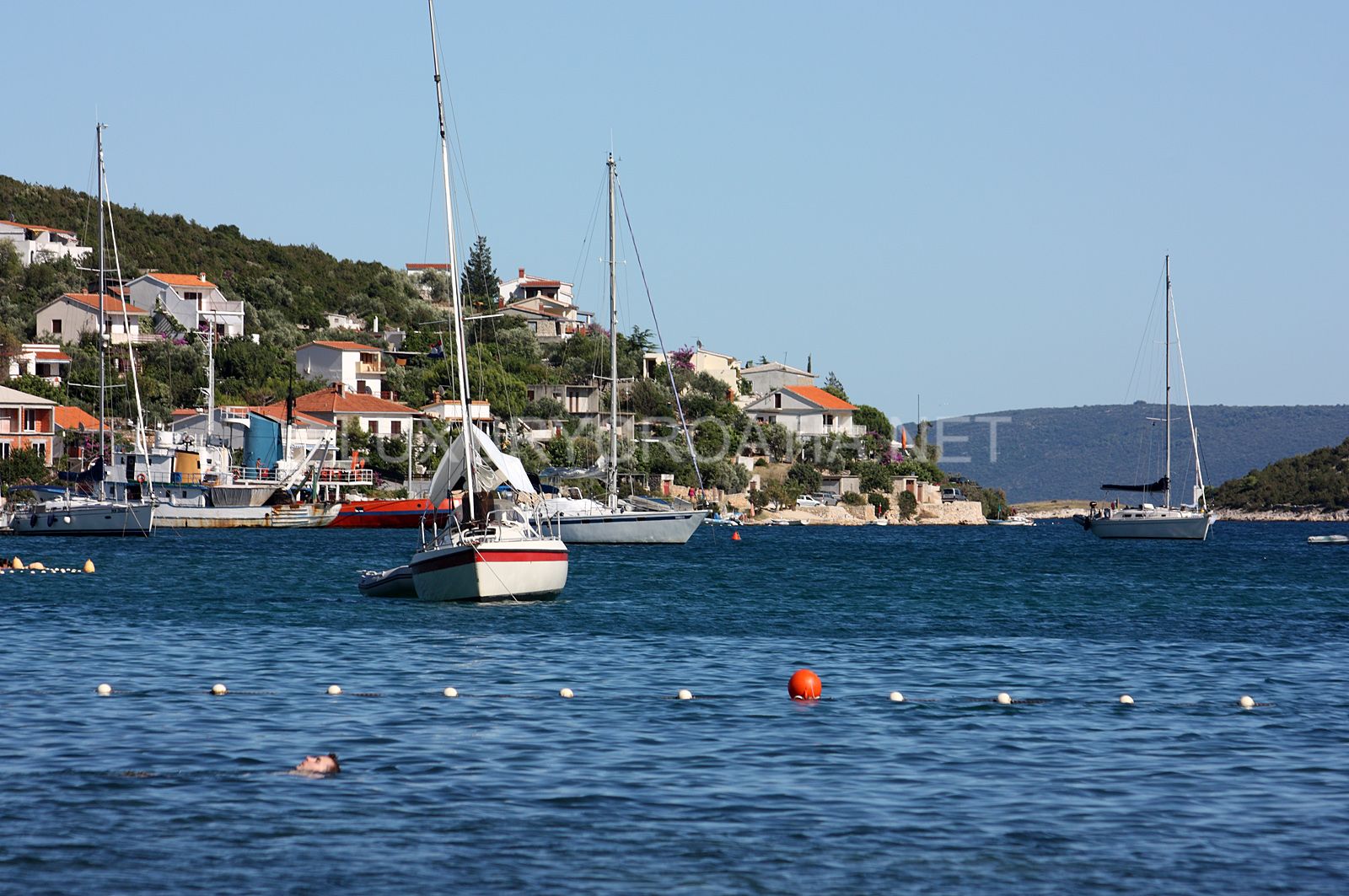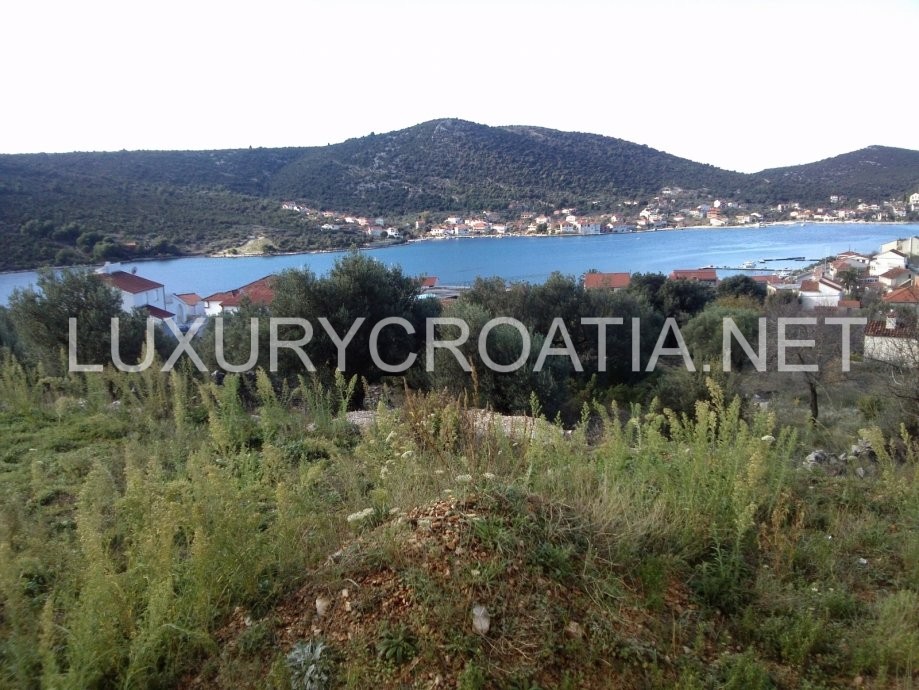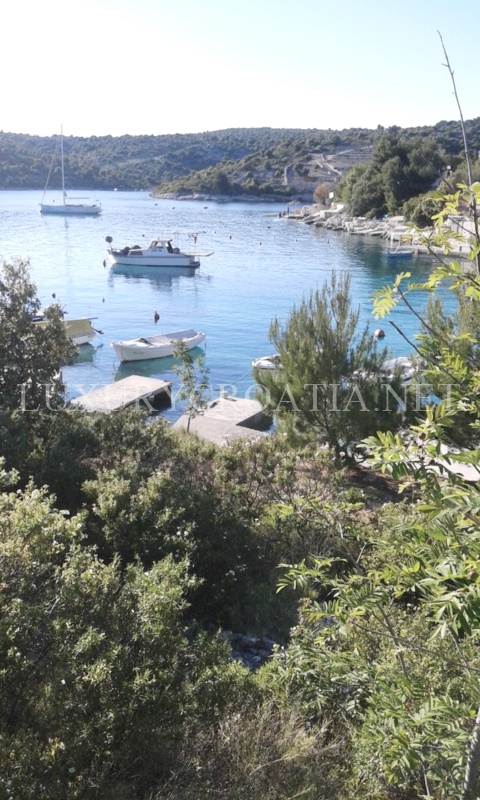Building land for sale, Trogir, Croatia
-
 click on image to enlarge Building land for sale, Trogir, Croatia (12)
click on image to enlarge Building land for sale, Trogir, Croatia (12)
-
 click on image to enlarge Building land for sale, Trogir, Croatia (11)
click on image to enlarge Building land for sale, Trogir, Croatia (11)
-
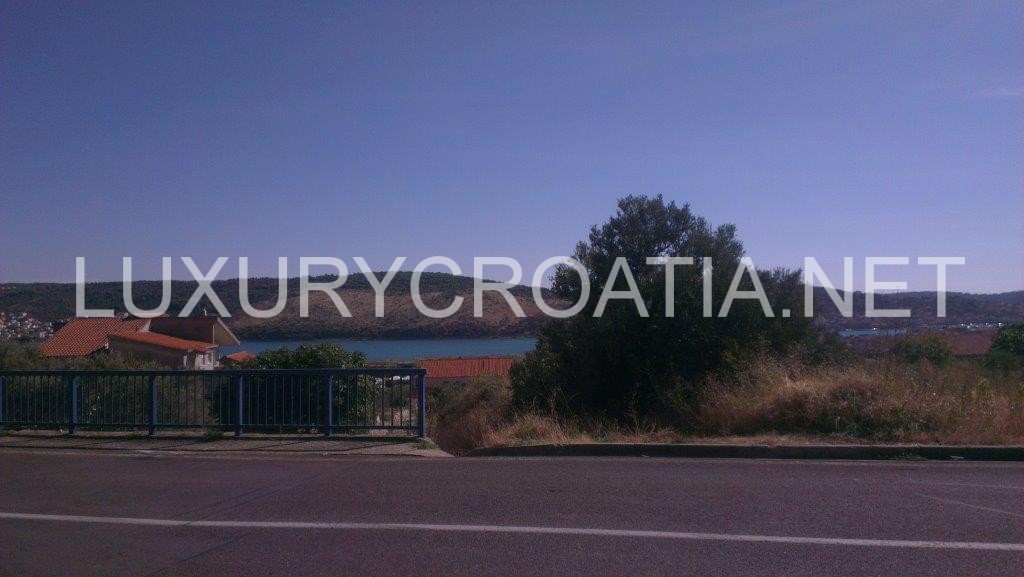 click on image to enlarge Building land for sale, Trogir, Croatia (10)
click on image to enlarge Building land for sale, Trogir, Croatia (10)
-
 click on image to enlarge Building land for sale, Trogir, Croatia (9)
click on image to enlarge Building land for sale, Trogir, Croatia (9)
-
 click on image to enlarge Building land for sale, Trogir, Croatia (8)
click on image to enlarge Building land for sale, Trogir, Croatia (8)
-
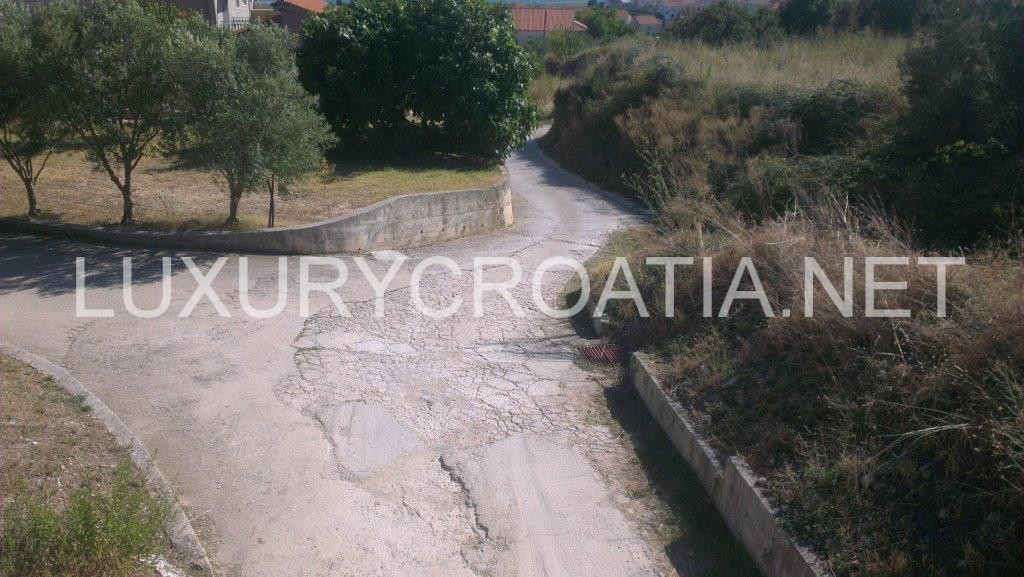 click on image to enlarge Building land for sale, Trogir, Croatia (7)
click on image to enlarge Building land for sale, Trogir, Croatia (7)
-
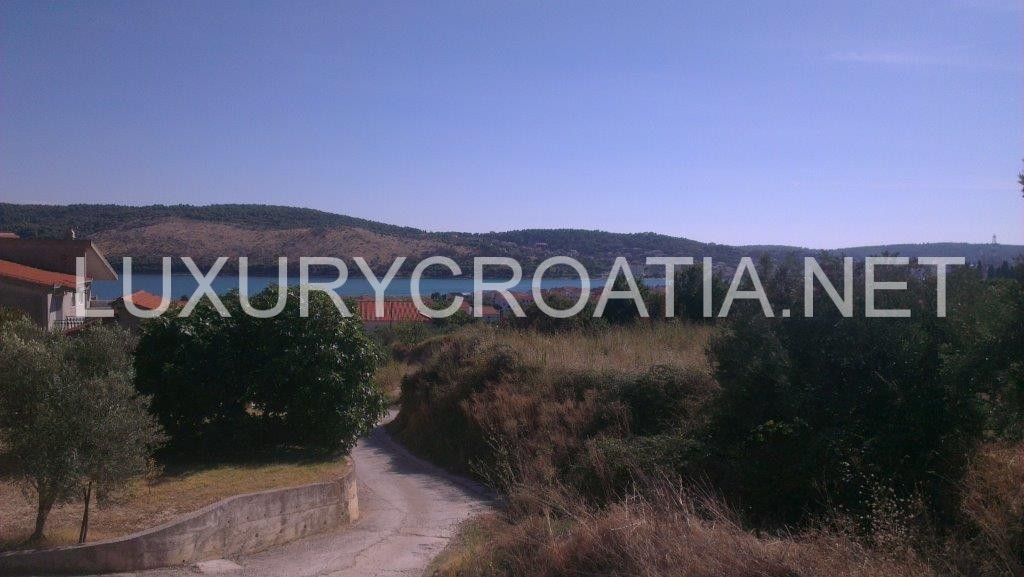 click on image to enlarge Building land for sale, Trogir, Croatia (6)
click on image to enlarge Building land for sale, Trogir, Croatia (6)
-
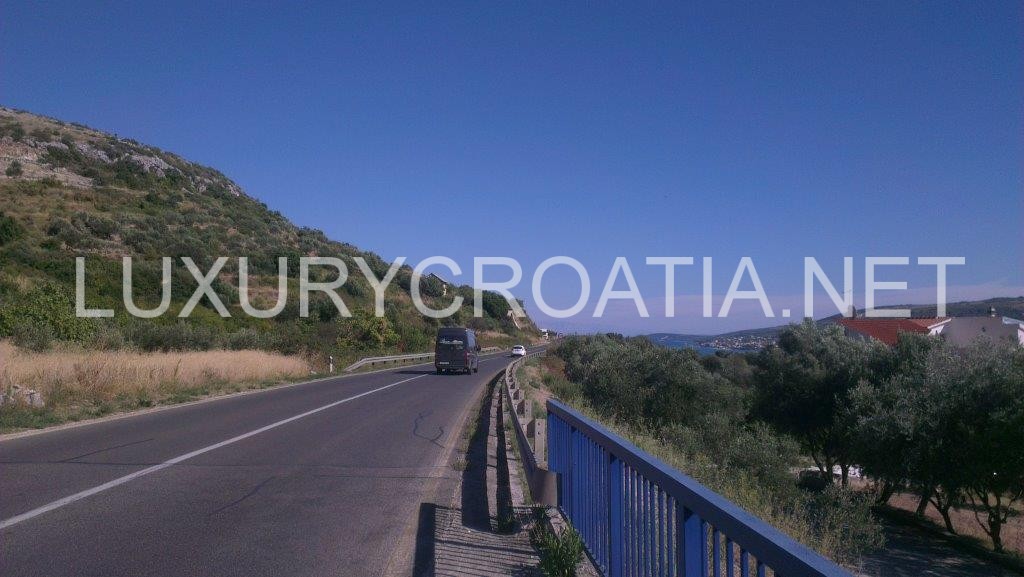 click on image to enlarge Building land for sale, Trogir, Croatia (5)
click on image to enlarge Building land for sale, Trogir, Croatia (5)
-
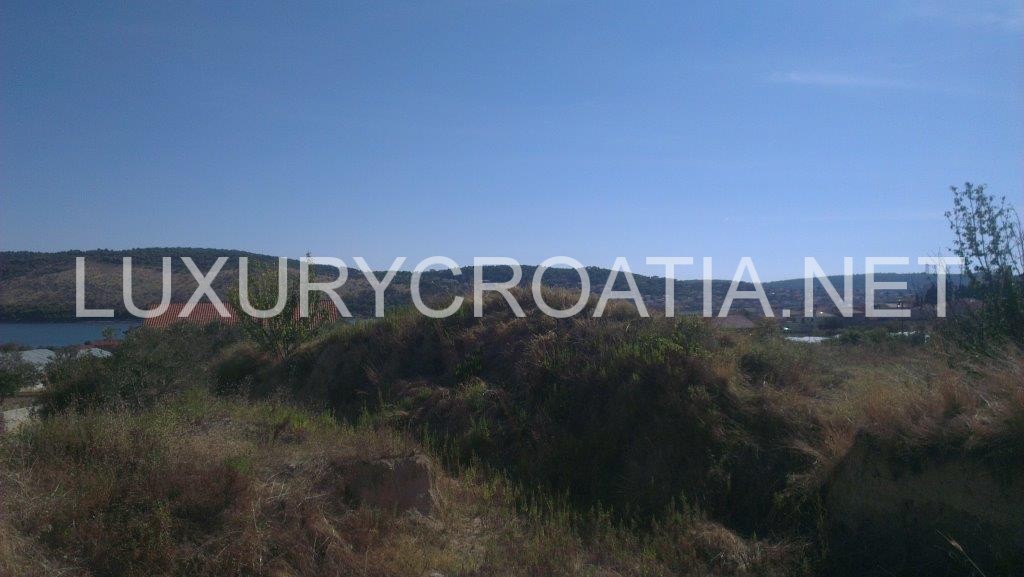 click on image to enlarge Building land for sale, Trogir, Croatia (4)
click on image to enlarge Building land for sale, Trogir, Croatia (4)
-
 click on image to enlarge Building land for sale, Trogir, Croatia (3)
click on image to enlarge Building land for sale, Trogir, Croatia (3)
-
 click on image to enlarge Building land for sale, Trogir, Croatia (2)
click on image to enlarge Building land for sale, Trogir, Croatia (2)
-
 click on image to enlarge Building land for sale, Trogir, Croatia
click on image to enlarge Building land for sale, Trogir, Croatia
Property Details:
- Categories: Land
- Features: 3% Agency Commission
About this Property:
(L-TR-KR5)
Building land for sale, Trogir, Croatia
– Building land
– Surface app. 790 m2
– Electricity, water
– Distance from the center is 1km
Regular shaped land with already excavated basement area. It is suitable for a family house or an apartment building. Approachable from Trogir side and from the road. It is on a quiet location with wonderful views of Trogir, Split, sea and islands.
Trogir (Latin: Tragurium; Greek: Τραγύριον or Τραγούριον, Trogkir; Italian: Traù; Hungarian: Trau) is a historic town and harbour on the Adriatic coast in Split-Dalmatia County, Croatia, with a population of 12,995 (2001) and a total municipality population of 13,322 (2001). The historic city of Trogir is situated on a small island between the Croatian mainland and the island of Čiovo. It lies 27 kilometres west of the city of Split.
Trogir is an excellent example of urban continuity. The orthogonal street plan of this island settlement originates from the Hellenic era – consecutive rulers continued to decorate it with exceptional public and residential buildings and forts. Its beautiful roman churches are supplemented with exceptional renaissance and baroque buildings. The most significant building is the Trogir Cathedral with its west portal, a masterpiece of Radovan and the most significant example of roman and gothic art in Croatia.
Since 1997, the historic centre of Trogir has been included in the UNESCO list of World Heritage Sites.
In the 3rd century BC, Tragurion was founded by Greek colonists from the island of Vis, and it developed into a major port until the Roman period. The name comes from the Greek “tragos” (male goat). Similarly, the name of the neighbouring island of Bua comes from the Greek “voua” (herd of cattle). The sudden prosperity of Salona deprived Trogir of its importance. During the migration of Slavs the citizens of the destroyed Salona escaped to Trogir. From the 9th century on, Trogir paid tribute to Croatian rulers. The diocese of Trogir was established in the 11th century (abolished in 1828) and in 1107 it was chartered by the Hungarian-Croatian king Coloman, gaining thus its autonomy as a town.

